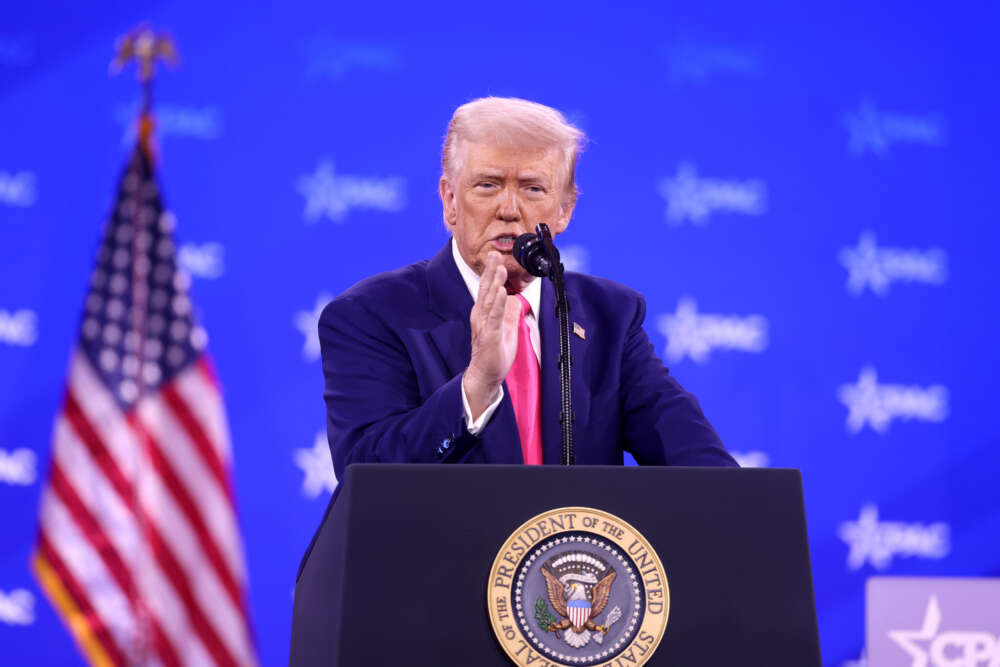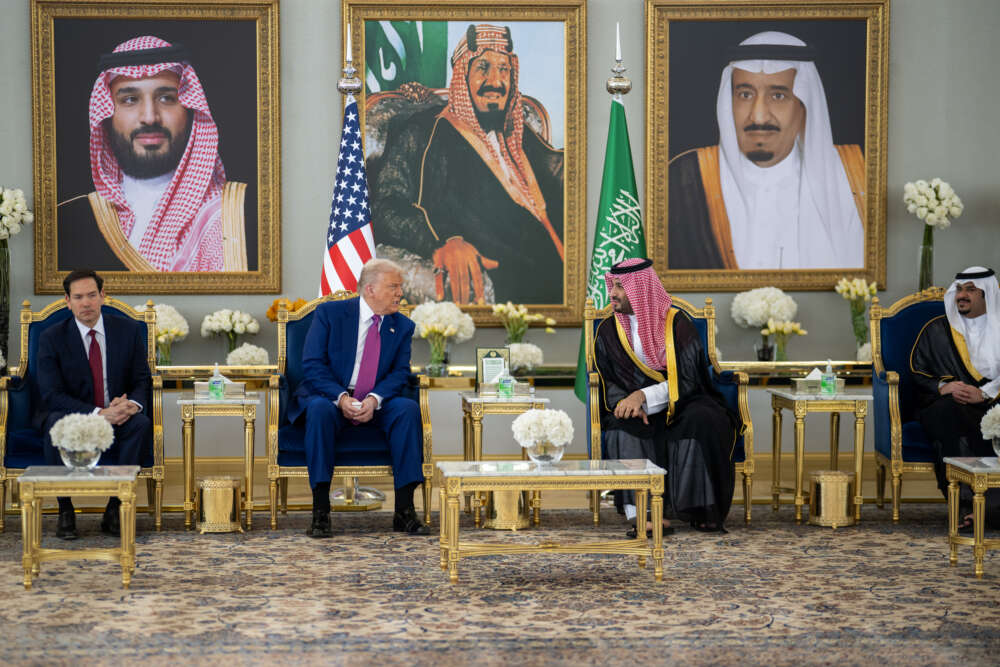Europe’s Unwilling Trade Warriors

On April 2, Donald Trump will announce the next volleys in the trade wars he initiated. In recent rounds, Canada and Mexico were the primary targets. This time, Germany and Europe will be among the main ones. “It will be a liberating day,” said the U.S. president: “The European Union was formed in order to screw the United States. […] They’ve done a good job of it, but now I’m president.” For Trump, tariffs are a tool to “get back our wealth.” Trump intends to impose across-the-board “reciprocal tariffs” on the EU, as well as on other countries. In addition, he is planning sector-specific tariffs. This Wednesday, the US president already declared a 25% tariff “on all cars not made in the US.”
The good news is that the European Union is well-prepared for a confrontation with Trump. The European Commission has spent the past year developing scenarios and possible countermeasures. Since trade issues fall under Brussels’ responsibility, it is harder for Trump to play individual member states against each other. Germany benefits from this, as a significant portion of the EU’s trade surplus with the U.S. in goods can be attributed to Germany.
The bad news, however, is that Europe’s plan to avert a major trade war through a deal has not worked. Brussels proposed measures such as increasing purchases of liquefied natural gas or adopting a stronger joint stance toward China. Yet, EU Commission President Ursula von der Leyen has so far not been offered a meeting with the U.S. president. The EU’s trade commissioner, Maroš Šefčovič, returned from talks in Washington in mid-February visibly frustrated. He was unable to prevent Trump from imposing a 25% tariff on steel and aluminium, effective March 12, which also affects the EU. The EU immediately responded with extensive countertariffs.
Trump’s overall strategy remains relatively murky. For him, tariffs serve as a universal tool for both economic and political purposes. However, it is becoming increasingly apparent that Trump is aiming for permanently higher tariffs. An EU offer to “lower our tariffs to zero if you do the same” is unlikely to impress Trump, just as new efforts toward a transatlantic free trade area would not be sufficient either — as they have been proposed by Germany’s future chancellor Friedrich Merz — Trump seems to believe that a permanent tariff wall is necessary to bring industrial production back to the U.S.
Even more far-reaching are Trump’s plans to use tariffs as a crucial source of funding for the U.S. government. His Secretary of Commerce, Howard Lutnick, stated: “Wouldn’t it be amazing to stop paying taxes to the IRS and instead have an External Revenue Service?” The vision: tariffs instead of taxes. Given the U.S. government’s annual spending of $10 trillion, this idea seems absurd. But Trump appears serious about it. That is why, from his perspective, tariff revenues must keep flowing. This explains the brazen approach behind the “reciprocal tariffs,” which only appear reciprocal at first glance. There is no significant difference between the average effective tariff rates. The European average is 3.95%, only slightly higher than the U.S. rate of 3.5%. Such an adjustment would generate little revenue for Trump. Therefore, his team is reportedly considering fanciful arguments, such as classifying the European value-added tax (VAT) as a tariff and imposing a corresponding countertariff.
Europe must also brace itself for Trump’s use of tariffs as a tool of political coercion. He has already wielded them in a strikingly overt manner against Canada, which he seems to envision as part of his imperial ambitions to make it the 51st U.S. state. Earlier this month, former Canadian Prime Minister Justin Trudeau remarked that Trump “wants to see a total collapse of the Canadian economy,” believing it would pave the way for annexation. A similar tactic could be aimed at Denmark, given Trump’s well-documented interest in acquiring Greenland, a Danish territory. Alternatively, he might push for the dismantling of EU regulations that restrict U.S. tech giants.
This could all turn into a long and painful trade war. Certainly, Europe is highly vulnerable in terms of security policy. At the same time, the EU has many ways to inflict economic pain on Trump. Europeans must use these wisely. Strength and determination are the only workable responses to a bully like Trump. Europe should take inspiration from Canada’s unity and resilience.
This piece was originally published by Agenda Pública on March 28, 2025.







